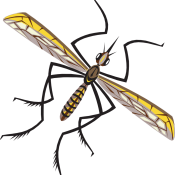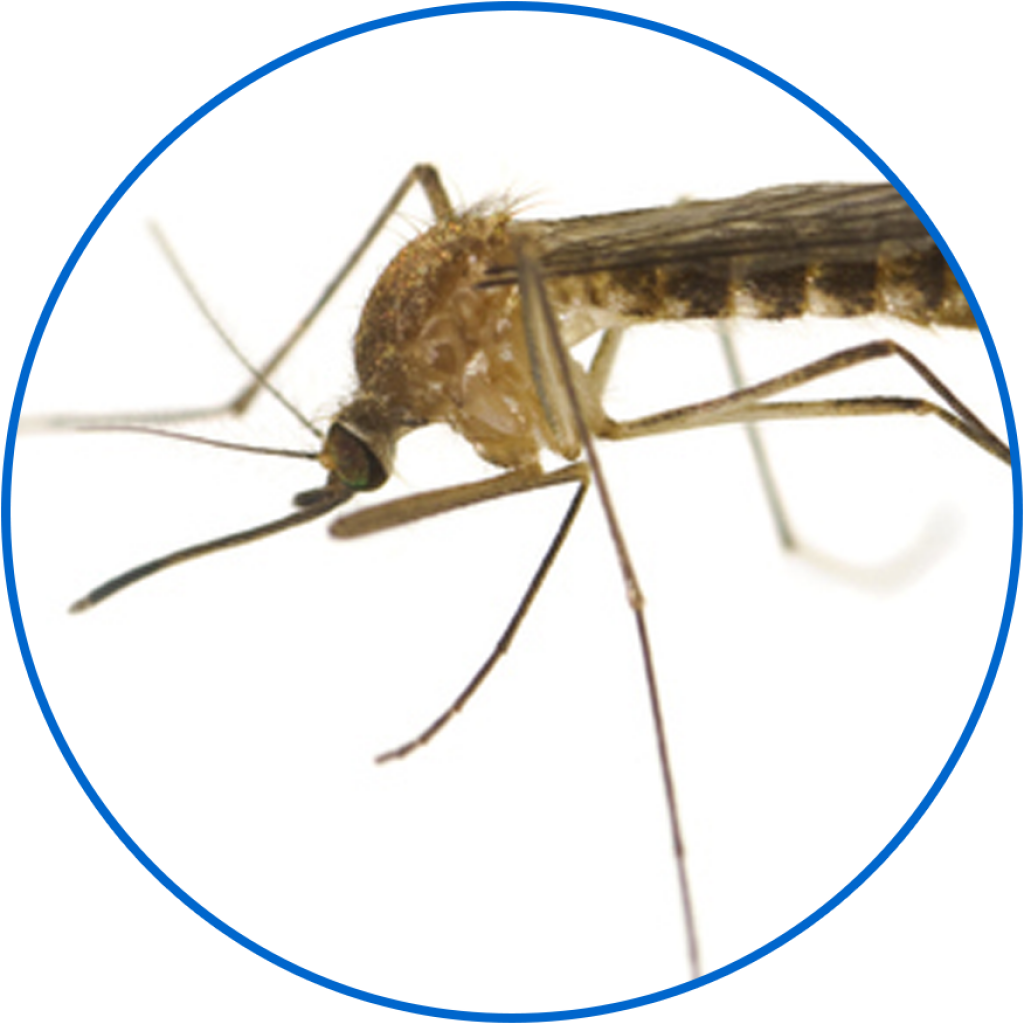Mosquito and Mosquito-Borne Disease Management Plan
Our primary goal is to protect public health by managing immature and adult mosquito abundance so they do not create a significant risk to our community. In the event that mosquito populations become a threat or public nuisance, we can readily respond by implementing our Mosquito and Mosquito-borne Disease Management Plan which has been approved by our Board of Trustees. The following outlines our response plan:
LEVEL 1 – NORMAL SEASON
Perform routine surveillance for mosquito abundance, mosquito–borne diseases, and pesticide efficacy and take routine measures for controlling larval and adult mosquitoes. Engage in extensive public outreach including media campaigns, participate in community events, provide presentations, and distribute outreach materials to various organizations.
LEVEL 2 – DEAD BIRD AND/OR POSITIVE MOSQUITO POOL
Initiate the appropriate response is when our laboratory detects a mosquito-borne virus [i.e., West Nile virus (WNV), western equine encephalitis virus (WEEV), and Saint Louis encephalitis virus (SLEV)], or when the California Department of Public Health (CDPH) notifies us of mosquito-borne virus activity within our boundaries.
LEVEL 3 – SENTINEL CHICKEN/ANIMAL
Initiate the appropriate response when our laboratory detects antibodies against a mosquito-borne virus (WNV, WEEV, and SLEV) in a sentinel chicken or when CDPH notifies us of a mosquito-borne virus infected horse or other animal within our boundaries.
LEVEL 4 – LOCALLY ACQUIRED HUMAN CASE
Initiate the appropriate response when Sacramento or Yolo County Public Health Laboratories or CDPH notifies us that a human has locally acquired a mosquito-borne virus within our boundaries.
LEVEL 5 – MULTIPLE HUMAN CASES, EPIDEMIC CONDITIONS
Initiate the appropriate response when Sacramento or Yolo County Public Health Laboratories or CDPH notify us that multiple mosquito-borne virus (i.e., WNV, WEE, or SLE) infections have occurred in humans within a specific area or there is evidence that epidemic conditions exist. The epidemic area is defined as the geographic region in which human cases are clustered (incorporated city, community, neighborhood or zip code). We continue to assess the public health risk associated with the mosquito-borne virus (i.e., WNV, WEE, or SLE) by completing the Mosquito-borne Disease Report.
DID YOU KNOW?

An adult female mosquito weighs only about 1/15,000 ounce (about 2.0 milligrams).
To see a complete copy of the District Mosquito-borne Disease Management Plan, please click here.


